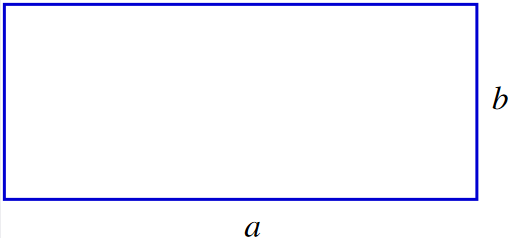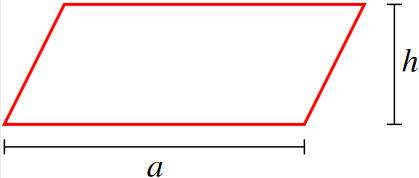Differential and Integral Calculus
7. Area
Table of Content
Area in the plane
We consider areas of plane sets bounded by closed curves. In the more general cases, the concept of area becomes theoretically very difficult.
The area of a planar set is defined by reducing to the areas of simpler sets. The area cannot be "calculated", unless we first have a definition of "area" (although this is common practice in school mathematics).
Starting point
Polygon
A (simple) polygon is a plane set bounded by a closed curve that consists of a finite number of line segments without self-intersections.
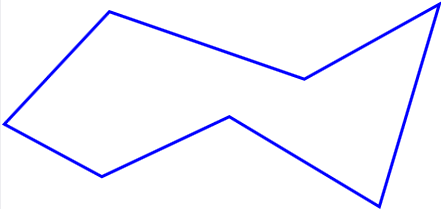
Definition: Area of a polygon
The area of a polygon is defined by dividing it into a
finite number of triangles (called a
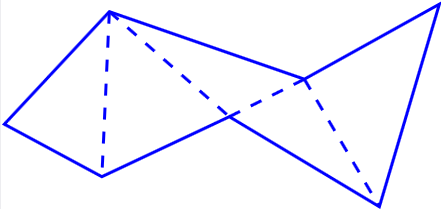
Theorem.
The sum of the areas of triangles in a triangulation of a polygon is the same for all triangulations.
General case
 has an area if for every
has an area if for every  there is an inner polygon
there is an inner polygon  and an outer polygon
and an outer polygon  , whose areas differ by less
than
, whose areas differ by less
than  :
:
 This implies that between all areas
This implies that between all areas  and
and  there is a unique real number
there is a unique real number  ,
which is (by definition) the area of
,
which is (by definition) the area of  .
.
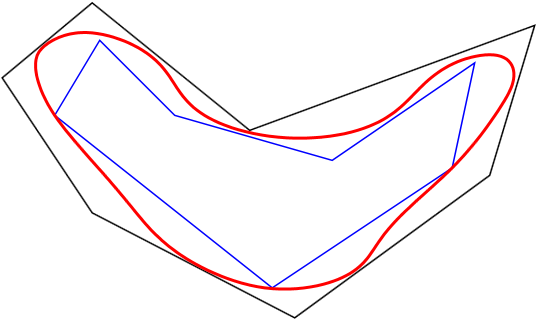
A surprise: The condition that  is bounded by a closed curve (without self-intersections)
does not guarantee that it has an area! Reason: The boundary curve can be so "wiggly",
that it has positive "area". The first such example was constucted by [W.F. Osgood, 1903]:
is bounded by a closed curve (without self-intersections)
does not guarantee that it has an area! Reason: The boundary curve can be so "wiggly",
that it has positive "area". The first such example was constucted by [W.F. Osgood, 1903]:


